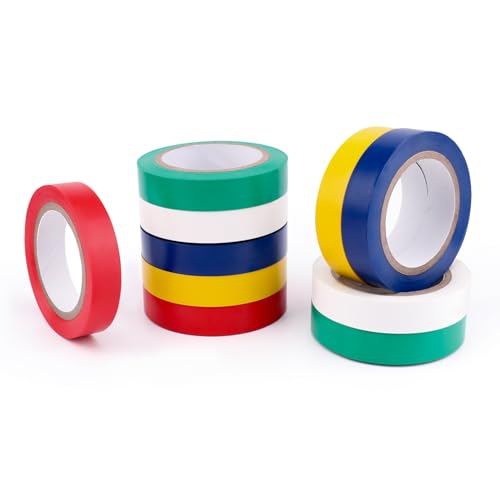HappyHippyDad
Well-known member
I have just carried out an EICR and am trying to determine if the 1mm single stranded twin and earth is imperial or metric.
The sockets are all wired in 7/029 so are definitely imperial.
I was under the impression that solid cores came in between 1969-72 indicating metric sizing. Was there ever solid core imperial?
Basically I'm trying to discover if the lights have been rewired but it is the original wiring for the sockets. This house was built in the 50's or early 60's (I think).
The sockets are all wired in 7/029 so are definitely imperial.
I was under the impression that solid cores came in between 1969-72 indicating metric sizing. Was there ever solid core imperial?
Basically I'm trying to discover if the lights have been rewired but it is the original wiring for the sockets. This house was built in the 50's or early 60's (I think).

































































